In the United States, inventors can file a Provisional Patent Application (PPA) to secure a filing date with a lower fee and simpler process compared to a formal application. This PPA serves as a placeholder, giving the inventor 12 months to file a formal patent application that can claim the PPA’s filing date as its priority date. Failure to file within this period means losing the benefit of the provisional application’s priority date.
So, does China have a similar system? The answer is yes.
I. Utilizing China’s Domestic Patent Priority System
While you won’t find specific regulations for “provisional applications” in Chinese patent law documents, the concept is effectively integrated into practice through the domestic priority system.
Domestic Priority Explained
Domestic priority, known in English as internal priority, is not uniformly defined by international treaties like foreign priority under the Paris Convention. Instead, domestic priority is outlined in the national laws or patent examination guidelines of certain countries.
In general, domestic priority allows an applicant to refile a patent application for the same subject matter within a statutory period, typically 12 months, using the filing date of the first application. This system is stipulated in Article 29, Paragraph 2 of the Chinese Patent Law:
“An applicant who files a patent application for an invention or utility model in China for the first time may, within 12 months from the date of the initial filing, file another application for the same subject matter in China, enjoying the priority of the first application.”
Practical Application of Domestic Priority
China’s examination guidelines specify two requirements for the initial application:
-
- The initial application must not have claimed foreign or domestic priority, or if claimed, the priority was not granted.
-
- The subject matter of the initial application must not have been granted patent rights.
The essence of a provisional application is to secure an early filing date. By submitting an application that formally meets the requirements of Chinese patent law, applicants can establish an early filing date, effectively creating a “provisional application.”
II. The Advantages of China’s Domestic Patent Priority System Compared to the U.S. Provisional Patent Application System
China’s domestic patent priority system offers several advantages over the U.S. provisional patent application (PPA) system. These advantages are primarily evident in terms of cost and flexibility.
1. Cost Advantages
In China, once a patent application is submitted to the China National Intellectual Property Administration (CNIPA), it is automatically accepted as long as it meets the formal requirements. An “Acceptance Notice” is issued, and the application date is established. When a patent application is treated as a provisional application, there are no subsequent examination issues to consider, which means there is no need to pay for substantive examination fees or even the application fee. In essence, the official fees required for such a provisional application can be zero.
In contrast, in the United States, even a provisional application (PPA) requires the payment of an application fee, although it is relatively low. This difference in cost can be significant for inventors or companies filing multiple applications.
2. Flexibility Advantages
The flexibility of China’s system is another notable advantage. If an applicant decides to convert a provisional application into a formal application, they can do so by paying the required application fee. Additionally, before entering substantive examination, applicants can proactively amend the claims, allowing for adjustments based on new information or strategic considerations.
In the U.S. system, the applicant must file a formal non-provisional patent application within 12 months to benefit from the PPA’s filing date. Failure to do so means the PPA filing date cannot be used as the priority date for the formal application. This requirement places a strict timeline on U.S. applicants, limiting their flexibility compared to the Chinese system.
China’s domestic patent priority system provides significant advantages over the U.S. PPA system, particularly regarding cost and flexibility. By eliminating initial fees and offering the ability to amend claims before substantive examination, China’s system allows inventors and companies to strategically manage their patent applications with greater ease and less financial burden. These benefits make China’s system an attractive option for domestic inventors seeking to protect their innovations.
III. Conclusion
Although Chinese patent regulations do not explicitly mention “provisional applications,” the flexible use of the domestic priority system has allowed applicants to develop an effective provisional strategy. This innovative application has proven successful in practice, offering applicants greater security and flexibility in the patent filing process.

